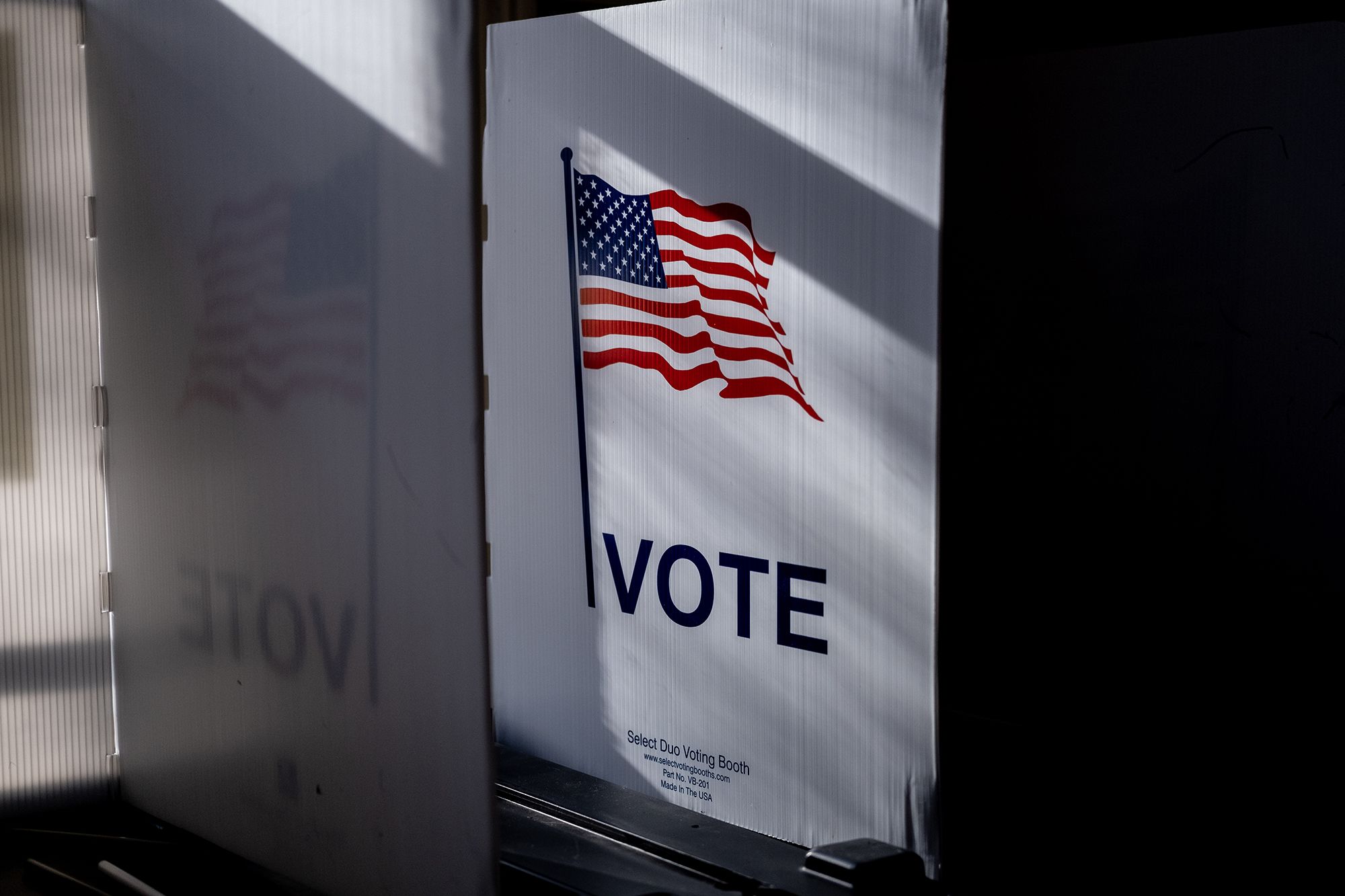In the current political landscape, the balance of power is precariously poised between the two major parties. The outcome of a few key races could determine the direction of the nation, with nearly 335 million people awaiting the results. This delicate balance has become a hallmark of modern American politics, with neither party maintaining control of the White House and both congressional chambers for more than four consecutive years since 1968.
The Senate
The Senate has been on a knife’s edge for most of this century. The correlation between how states vote in presidential and Senate elections has tightened, making it challenging for either party to secure Senate seats in states that typically vote for the opposing party’s presidential candidate. This trend poses a significant threat to the Democrats’ hold on the upper chamber.
Democrats currently hold 48 of the 50 Senate seats in the 25 states that Biden won in 2020. However, they face a tough challenge in 2024 as they must defend three seats in states likely to vote for Trump if he runs again. These states include Ohio, Montana, and West Virginia. The outcome in these states could very well determine control of the Senate.
The House of Representatives
The House hasn’t been as closely divided as the Senate in recent decades, but it may be heading in that direction. The number of competitive seats that can switch hands from election to election has decreased due to sophisticated gerrymandering and the growing inability of either side to win seats that vote for the other party’s presidential candidates.
In a close election, the struggle for control of the House will likely come down to how many of the Republican-held Biden seats Democrats can flip. These 18 seats are scattered across eight states, but concentrated in California and New York.
The White House
The presidential race doesn’t seem as closely balanced as the struggle for control of Congress from some perspectives. Democrats have won the popular vote in seven of the past eight presidential elections. However, the Electoral College competition has been much tighter.
The competition for the Electoral College is so close because so many states are not. Each party has carried 20 states in at least the past four presidential elections. This leaves a handful of truly competitive swing states to decide the outcome. In a close election, the outcome will likely be decided by five states: Arizona, Georgia, Michigan, Pennsylvania, and Wisconsin.
Wisconsin, which has been extremely close in recent years, looks most likely to function as the tipping point in a close presidential race. It has already played the tipping point role in each of the past two presidential elections.
While it remains possible that either party might pull away in November for a more resounding victory than seems likely today, the reciprocal antipathy of red and blue America virtually guarantees another election that leaves the country split in half – and nervously watching as its course is determined by a few tightly contested tipping-point races.

